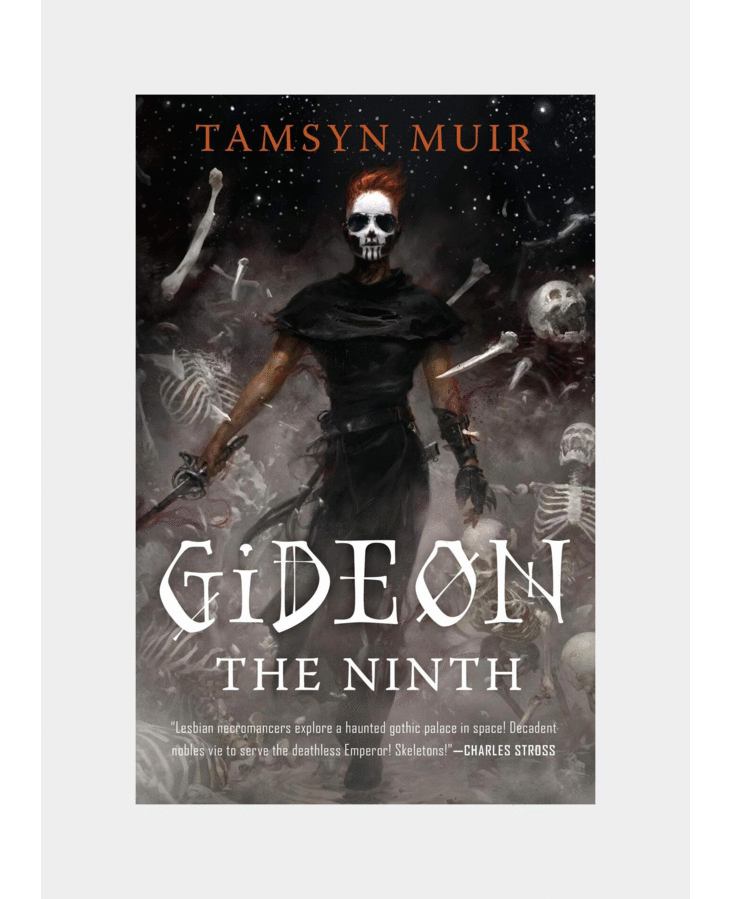Harry Styles, Defying Toxic Masculinity in his Latest Album “Fine Line”
In honor of “Love on Tour” beginning, let’s talk about him. Harry f*cking Styles—enough said. Whether this name has held a place in your heart since X-factor One Direction days or if you didn’t unveil the talent that breeds his soul until his departure from the boyband, you knew him. Now, there are two types of people; those who spent their preteen years reading the fanfiction “After” on Wattpad convinced Harry would one day fall in love with you, and then there are those who discovered him only after his first debut album in 2017 and instantly vibed with his majestic, promiscuous, indie style that shadows Fleetwood Mac. My point is, Harry Styles is powerful. But wait—he’s just a 27-year-old white boy… WRONG!
It’s no secret that his album “Fine Line” is a bit *ahem* fruity, but just as the Watermelon Sugar music video may have come as a shock to some of you—I’m not talking about actual fruit either. While on the surface, the entire album can be described as the highs and lows of a relationship, another interpretation is self-discovery and freedom. As Harry comes more into his true self, he comes more into touch with his femininity as well (a feminine side most men are shamed into hiding).
His first single entitled “Lights Up” introduces this theme by using the refrains “Do you know who you are?” and “step into the light” as an encouragement to question your most authentic self. His other single “Golden” directly parallels “Lights Up” by referencing the light: “I know you were way too bright for me” and later comparing this light to identity by saying: “I know that you’re scared because I’m so open”. In other words, the light correlates to becoming ones most true self, which yes—in a society controlled by toxic masculinity— can be very scary. But since gold is a symbol of wealth, Harry believes embracing who you are is the ultimate luxury and optimum goal we should all strive towards no matter how horrifying that may be. This motif is reflected in Harry’s personal trajectory from boyband to solo artist.
For years, the media portrayed Harry as a womanizer. Headlines continuously represented Harry as the “flirt” or “ladysman” out of the One Direction group. These labels were only challenged by Harry once he broke out into his solo career. When asked about his sexuality during a recent interview, Harry respectfully responded by saying he would like to be “free of any labels” regarding the matter. He’s also, in more recent years, begun to dress in a way that resists gender boundaries from wearing dresses and boa scarves to having painted nails and extravagant jewelry.
If you’ve been a fan of Harry since One Direction, you’ve seen him transition into his true self which is one with a strong feminine side. Track number 8 on “Fine Line” entitled “She” seems to home in this message about embracing your femininity:
“She (she)
She lives in daydreams with me (she)
She's the first one that I see
And I don't know why
I don't know who she is (she, she)”
On the surface, Harry is singing about another woman. However, Harry is notorious for his ambiguity, and I’d like to propose that there is a deeper meaning here. Harry is conveying a double identity, hence the use of the word “she” twice used to emphasize the duality. “She” is the feminine side that lives within him. This song is expressing the desire to embrace one’s femininity. He doesn’t know who “she” is because he has yet to fully explore this side of himself. Another approachable lens could be of transgender descent. Maybe that is a bit far-fetched, but Harry has always encouraged the whole songs being “open to interpretation” thing. Either way, Harry is celebrating the feminine side of him rather than hiding it.






